The recent announcement made by the US President, Donald Trump, regarding the continuation of the American involvement in the Afghan War, might come to no surprise to some people – especially when thinking that the multi-billion dollar arms industry in the United States would profit out of it immensely. Apart from the arms industry, however, another cause for this starting all over again might actually be the infamous Afghan opium trade – a subject that was brushed away like an unimportant talking point by previous administrations and media outlets.
Here are the facts: Afghanistan’s opium poppy production goes into more than 90% of the heroin worldwide. This war-torn country has been the world’s greatest illicit opium producer ever since 1992, despite the US intervention – in fact, opium production in Afghanistan has been on the rise since the US occupation started in 2001. This begs to ask the following questions: did the United States-led coalition knew about all of this and what did they do in order to stop the opium from being exported out of Afghanistan?
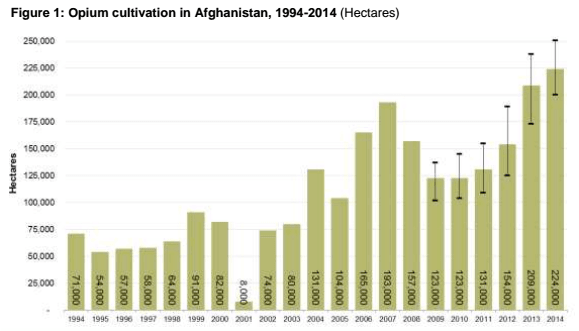
If we decide to follow the leads, the truth might surface with something very ugly: the number of heroin addicts in the US has increased dramatically in the last decade, with a surge of Afghan opium penetrating the American market like never seen before. Here are some numbers: there were 189.000 heroin users in the US in 2001, before the US-NATO invasion of Afghanistan. By 2016, the numbers went up to 4.500.000 users. Moreover, the Afghan opium poppy fields grew larger in these years: from 7600 hectares in 2001 to 224.000 hectares in 2016. All in the while, the US operation in Afghanistan has cost an estimated 8.5$ billion in American taxpayer funds.
While most of the mainstream media will repeat the same paradigm that the US government has been giving to its people in the last decade or so – that the illicit drug trade coming to the US is of Mexican origin – the facts show otherwise. To put things into a very clear perspective: in 2014, according to the DEA drug threat assessment, Mexico produced an estimated 42 metric tons of heroin, while Afghanistan produced 6.400 metric tons of opium that same year. The largest part of the US heroin is Afghanistan-sourced – meaning that it comes from US-occupied Afghanistan. How can this be possible when the same US government portrayed the entire invasion as a means to get rid of terrorism and the opium trade?
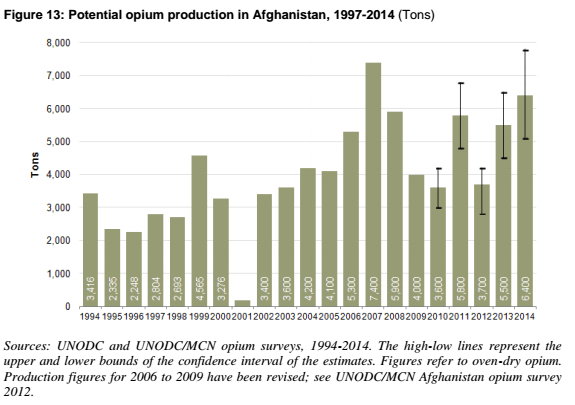
What are the connections between the US occupation and the alarming rise of opium exports from Afghanistan? The Taliban regime has enforced an existing ban on opium poppy growing from July 2000 onward, which means that the entire scheme is not only illegal, but also actively sought after by the Afghan authorities and the US-led coalition. How can drug trade flourish under draconian-like occupation measures? How can more poppy fields be harvested than ever when the US army itself was tasked with guarding or destroying them in the first place?
We get the real answer when looking in the past: more precisely, when looking at the actions of a couple of US alphabet agencies, actions that have been since declassified or exposed.
- In the 1960’s and early 1970’s, the United States was hit by a major heroin epidemic – it was estimated that more than 200.000 people were using heroin in New York alone. What was the cause for this epidemic? The CIA recruited the Laotian Hmong tribe to fight communist forces in the region – as a means to empower them, the CIA encouraged the Hmong to grow opium instead of rice, threatening to withdraw the food and armament aid that they were receiving if not compliant. Most of the Laotian heroin ended up in the US and in Vietnam, where it caused an epidemic of tragic proportions inside the US army itself (30.000 US service men in Vietnam were addicted to heroin)
- In 1972, the full story of how US covert operations were fuelling the heroin boom in the Golden Triangle broke out when Yale University doctoral student Alfred McCoy published his book – “The Politics of Heroin in Southeast Asia”, exposing the actions of the CIA in regards to the illicit trade of opium. The agency tried to supress the book from ever seeing the printing press.
- In 1973, Thai national Puttapron Khramkhruan was arrested in Chicago in connection to the seizure of 59 pounds of opium. A CIA-informant himself, Puttapron claimed that the agency had full knowledge of his actions and, according to the US Justice Department, the CIA supressed the case against him because it might “prove embarrassing to the agency due to Mr. Khramkhruan’s involvement with CIA activities in Thailand and Burma”.
- In the 1980s, the Iran Contra scandal came to light to the general public, showing how the CIA came up with a scheme to sell arms to Iran and use the funds to illegally arm and supply the Contras in Nicaragua. What the public didn’t know at that time was the fact that CIA-protected drug smugglers flew down to Nicaragua loaded with arms to supply the Contras and flew back loaded with Columbian cocaine – under the strict observation of the Agency and with clear orders to the US authorities to leave them be. The entire thing coincided with the wave of Crack Cocaine that destroyed entire communities and lives in the US.
As we can see, there’s a clear pattern between US-led covert operations in various regions across the globe and a huge surge in illicit drug-related trade – be it in the US itself or other countries. Keeping this in mind, what’s so preposterous to think that the opium trade in Afghanistan might be related to the US authorities themselves, given the shattering facts that clearly show an exponential increase of the drug use/trade during the US occupation over there? Sure, on paper millions of dollars have been spent on the war against drugs and on the effort to eradicate the opium production in Afghanistan, but all of the numbers show that something is clearly not working, which makes it even more preposterous to think that so much money can be drained out of the taxpayers, with little to no success whatsoever.
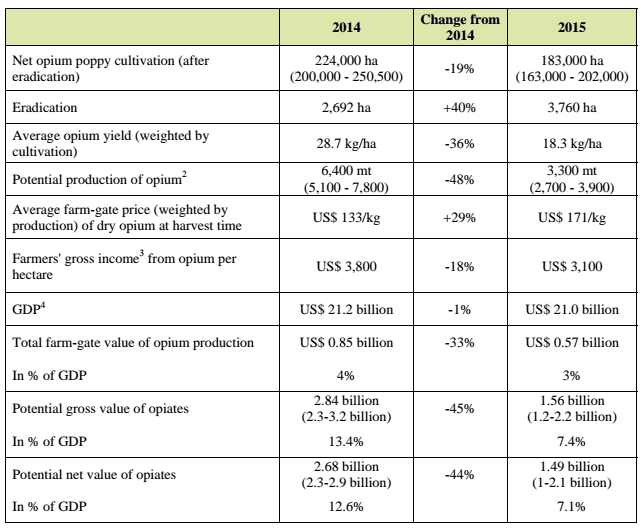
To be noted, however, is the fact that the UN notes that there was a substantial decrease in Afghan opium cultivation and production in 2015, the first year after President Obama and NATO ended their combat mission and withdrew most of their troops. Moreover, opium cultivation dropped 19 percent last year, which is a clear sign that the Afghan authorities are trying to implement some kind of measures against the farmers and their backers. Nonetheless, the production is still at an all-time high, despite what the UN might think - most of the heroin available on the market has its origins, in nearly all cases, in Afghanistan.
The truth is that we’ll most likely never find out who’s behind all of this – not in our lifetimes. But connecting all the dots brings out the real nightmare out: that there is a possibility that our own Governments are behind all of this – if not them, rogue agents or agencies that use these trades as a means to get their hands on illicit, non-traceable money. Money that will be later used to fund shadow projects that have no civilian oversight whatsoever.
Some have their blood diamonds, while some have their blood money.
Sources:
https://fas.org/irp/congress/1998_cr/980507-l.htm
http://www.globalresearch.ca/the-spoils-of-war-afghanistan-s-multibillion-dollar-heroin-trade/91
http://www.bbc.com/news/world-asia-37743433
 If we decide to follow the leads, the truth might surface with something very ugly: the number of heroin addicts in the US has increased dramatically in the last decade, with a surge of Afghan opium penetrating the American market like never seen before. Here are some numbers: there were 189.000 heroin users in the US in 2001, before the US-NATO invasion of Afghanistan. By 2016, the numbers went up to 4.500.000 users. Moreover, the Afghan opium poppy fields grew larger in these years: from 7600 hectares in 2001 to 224.000 hectares in 2016. All in the while, the US operation in Afghanistan has cost an estimated 8.5$ billion in American taxpayer funds.
While most of the mainstream media will repeat the same paradigm that the US government has been giving to its people in the last decade or so – that the illicit drug trade coming to the US is of Mexican origin – the facts show otherwise. To put things into a very clear perspective: in 2014, according to the DEA drug threat assessment, Mexico produced an estimated 42 metric tons of heroin, while Afghanistan produced 6.400 metric tons of opium that same year. The largest part of the US heroin is Afghanistan-sourced – meaning that it comes from US-occupied Afghanistan. How can this be possible when the same US government portrayed the entire invasion as a means to get rid of terrorism and the opium trade?
If we decide to follow the leads, the truth might surface with something very ugly: the number of heroin addicts in the US has increased dramatically in the last decade, with a surge of Afghan opium penetrating the American market like never seen before. Here are some numbers: there were 189.000 heroin users in the US in 2001, before the US-NATO invasion of Afghanistan. By 2016, the numbers went up to 4.500.000 users. Moreover, the Afghan opium poppy fields grew larger in these years: from 7600 hectares in 2001 to 224.000 hectares in 2016. All in the while, the US operation in Afghanistan has cost an estimated 8.5$ billion in American taxpayer funds.
While most of the mainstream media will repeat the same paradigm that the US government has been giving to its people in the last decade or so – that the illicit drug trade coming to the US is of Mexican origin – the facts show otherwise. To put things into a very clear perspective: in 2014, according to the DEA drug threat assessment, Mexico produced an estimated 42 metric tons of heroin, while Afghanistan produced 6.400 metric tons of opium that same year. The largest part of the US heroin is Afghanistan-sourced – meaning that it comes from US-occupied Afghanistan. How can this be possible when the same US government portrayed the entire invasion as a means to get rid of terrorism and the opium trade?
 What are the connections between the US occupation and the alarming rise of opium exports from Afghanistan? The Taliban regime has enforced an existing ban on opium poppy growing from July 2000 onward, which means that the entire scheme is not only illegal, but also actively sought after by the Afghan authorities and the US-led coalition. How can drug trade flourish under draconian-like occupation measures? How can more poppy fields be harvested than ever when the US army itself was tasked with guarding or destroying them in the first place?
We get the real answer when looking in the past: more precisely, when looking at the actions of a couple of US alphabet agencies, actions that have been since declassified or exposed.
What are the connections between the US occupation and the alarming rise of opium exports from Afghanistan? The Taliban regime has enforced an existing ban on opium poppy growing from July 2000 onward, which means that the entire scheme is not only illegal, but also actively sought after by the Afghan authorities and the US-led coalition. How can drug trade flourish under draconian-like occupation measures? How can more poppy fields be harvested than ever when the US army itself was tasked with guarding or destroying them in the first place?
We get the real answer when looking in the past: more precisely, when looking at the actions of a couple of US alphabet agencies, actions that have been since declassified or exposed.
 To be noted, however, is the fact that the UN notes that there was a substantial decrease in Afghan opium cultivation and production in 2015, the first year after President Obama and NATO ended their combat mission and withdrew most of their troops. Moreover, opium cultivation dropped 19 percent last year, which is a clear sign that the Afghan authorities are trying to implement some kind of measures against the farmers and their backers. Nonetheless, the production is still at an all-time high, despite what the UN might think - most of the heroin available on the market has its origins, in nearly all cases, in Afghanistan.
The truth is that we’ll most likely never find out who’s behind all of this – not in our lifetimes. But connecting all the dots brings out the real nightmare out: that there is a possibility that our own Governments are behind all of this – if not them, rogue agents or agencies that use these trades as a means to get their hands on illicit, non-traceable money. Money that will be later used to fund shadow projects that have no civilian oversight whatsoever.
Some have their blood diamonds, while some have their blood money.
Sources:
https://fas.org/irp/congress/1998_cr/980507-l.htm
http://www.globalresearch.ca/the-spoils-of-war-afghanistan-s-multibillion-dollar-heroin-trade/91
http://www.bbc.com/news/world-asia-37743433
To be noted, however, is the fact that the UN notes that there was a substantial decrease in Afghan opium cultivation and production in 2015, the first year after President Obama and NATO ended their combat mission and withdrew most of their troops. Moreover, opium cultivation dropped 19 percent last year, which is a clear sign that the Afghan authorities are trying to implement some kind of measures against the farmers and their backers. Nonetheless, the production is still at an all-time high, despite what the UN might think - most of the heroin available on the market has its origins, in nearly all cases, in Afghanistan.
The truth is that we’ll most likely never find out who’s behind all of this – not in our lifetimes. But connecting all the dots brings out the real nightmare out: that there is a possibility that our own Governments are behind all of this – if not them, rogue agents or agencies that use these trades as a means to get their hands on illicit, non-traceable money. Money that will be later used to fund shadow projects that have no civilian oversight whatsoever.
Some have their blood diamonds, while some have their blood money.
Sources:
https://fas.org/irp/congress/1998_cr/980507-l.htm
http://www.globalresearch.ca/the-spoils-of-war-afghanistan-s-multibillion-dollar-heroin-trade/91
http://www.bbc.com/news/world-asia-37743433
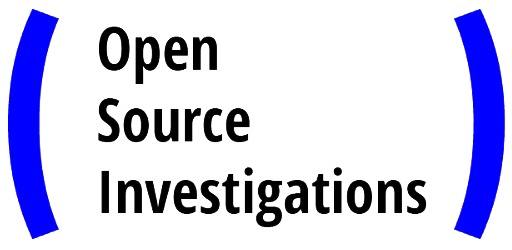
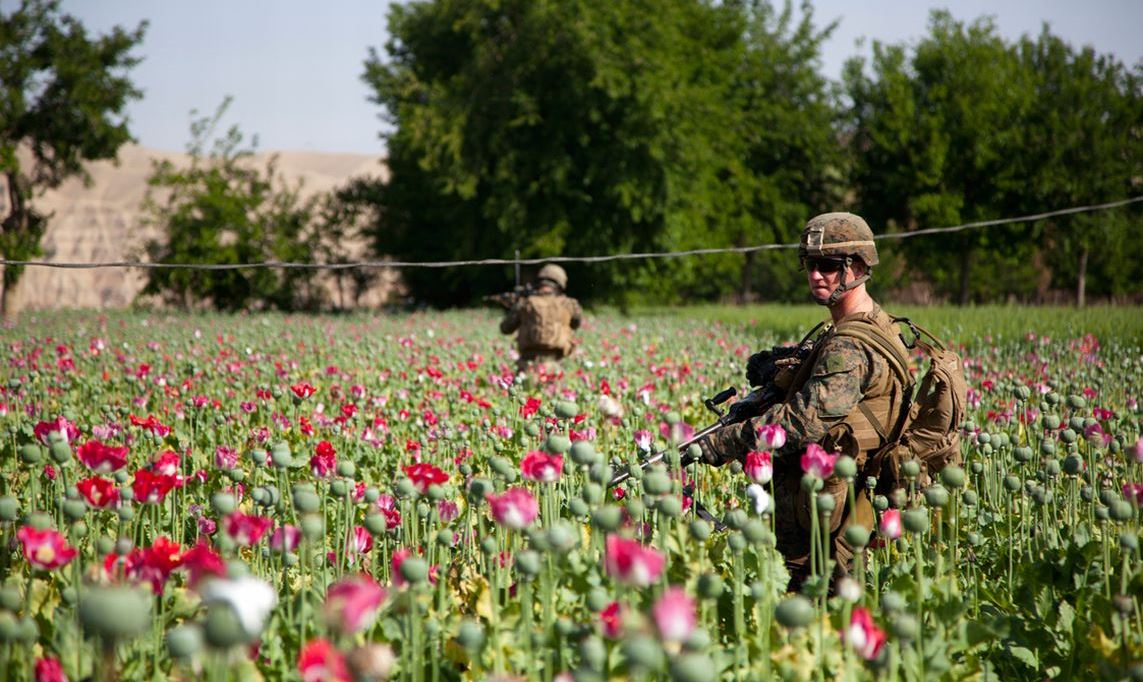
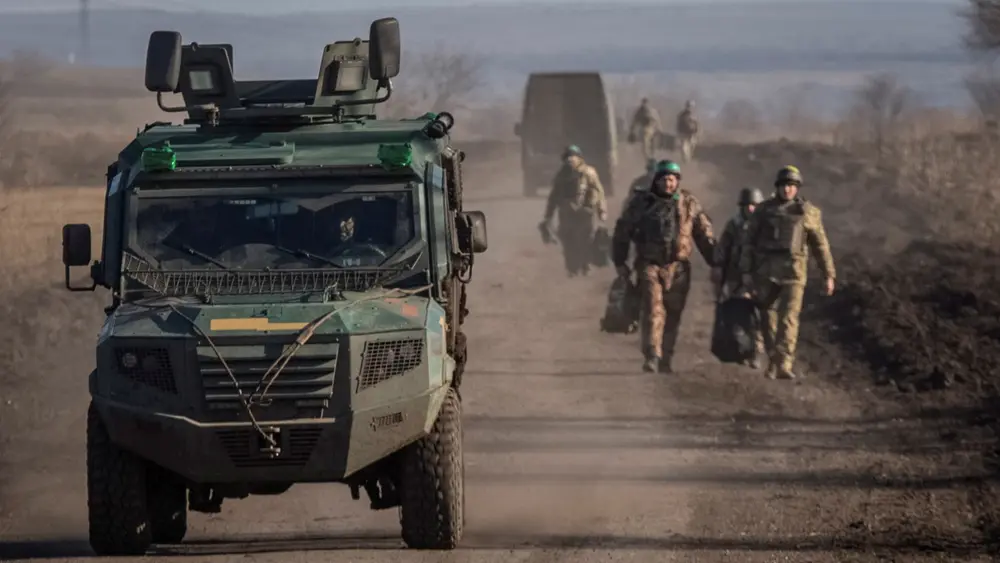
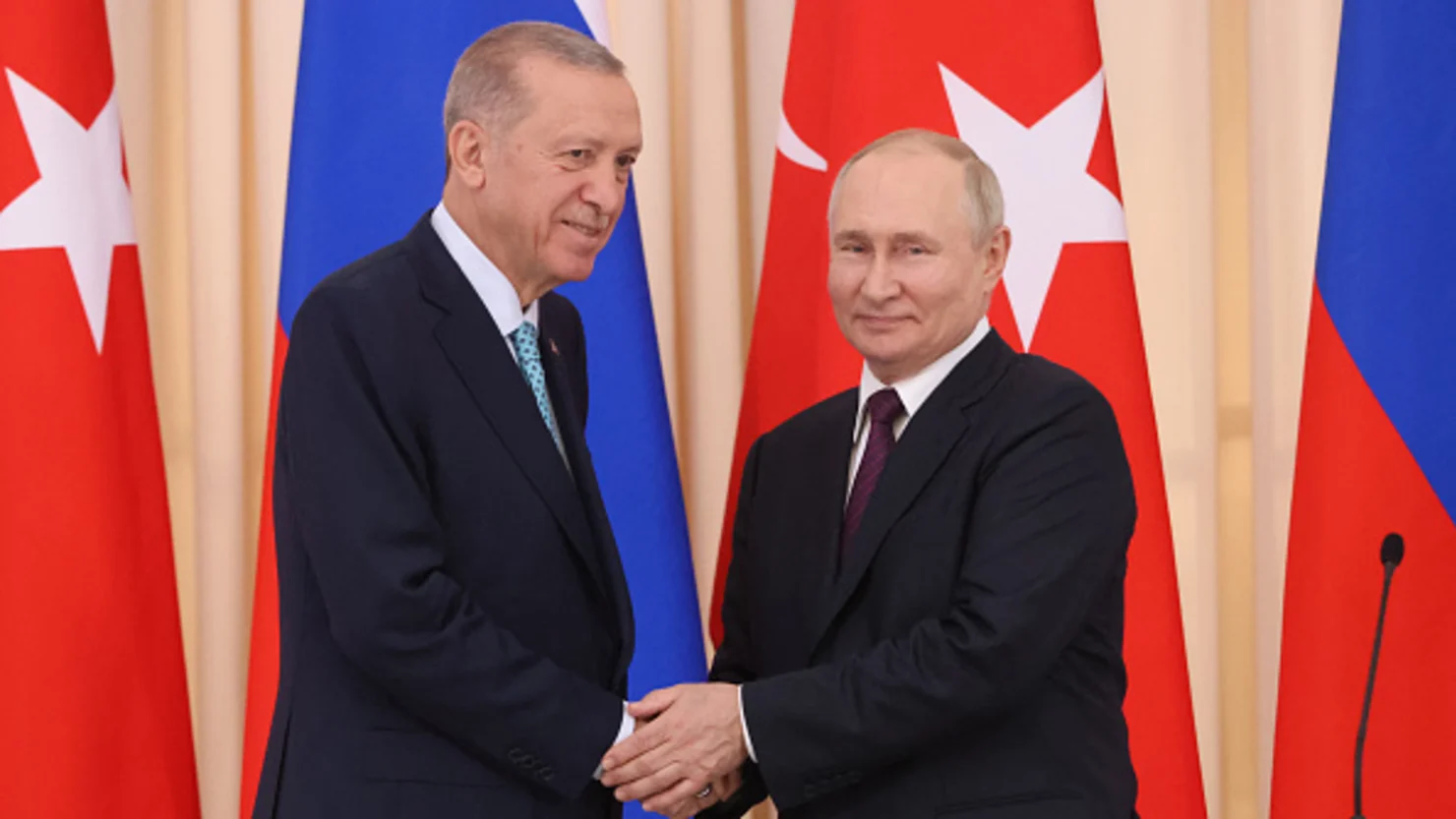
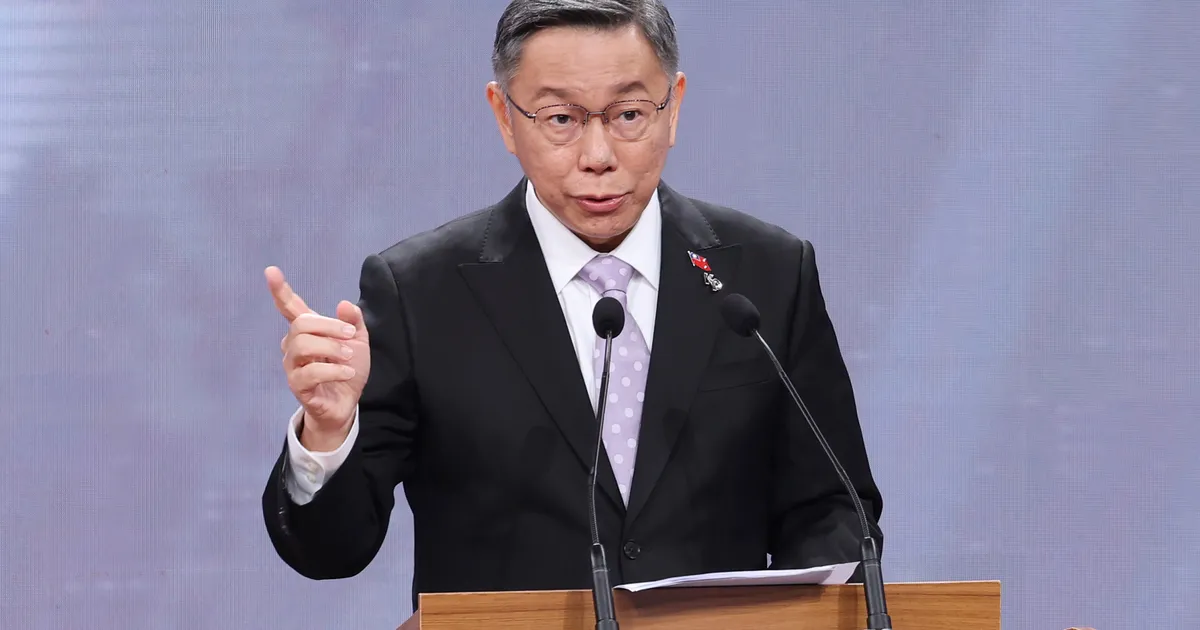

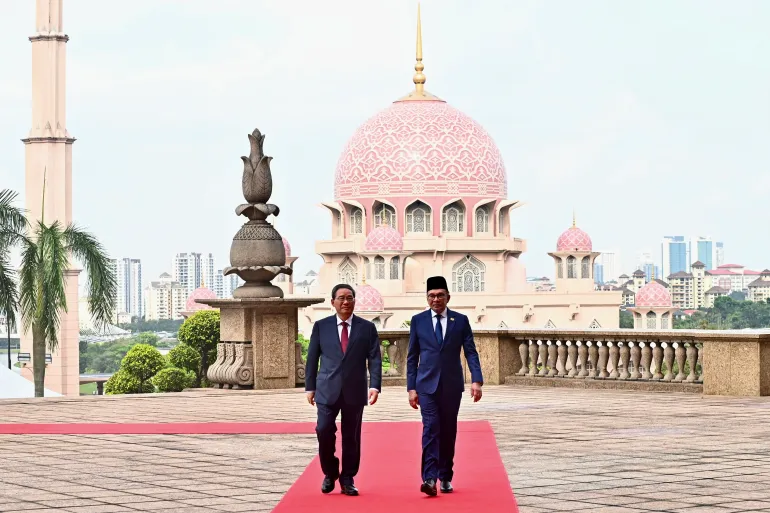
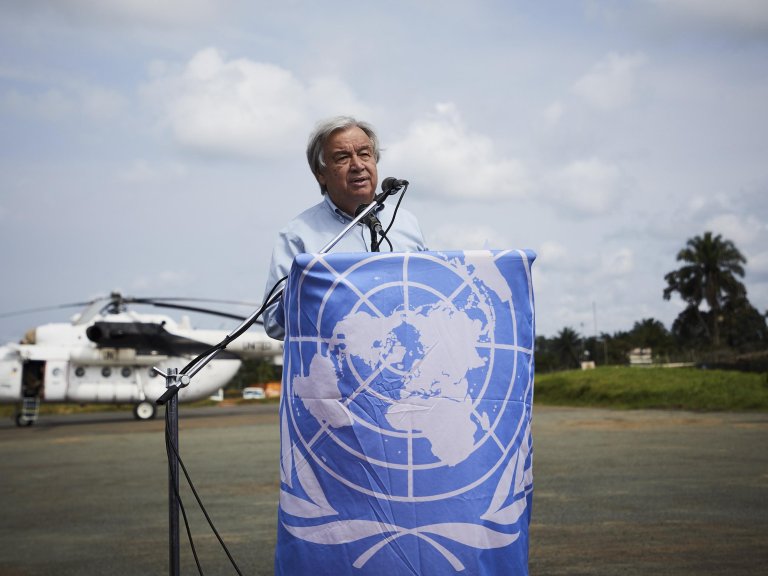
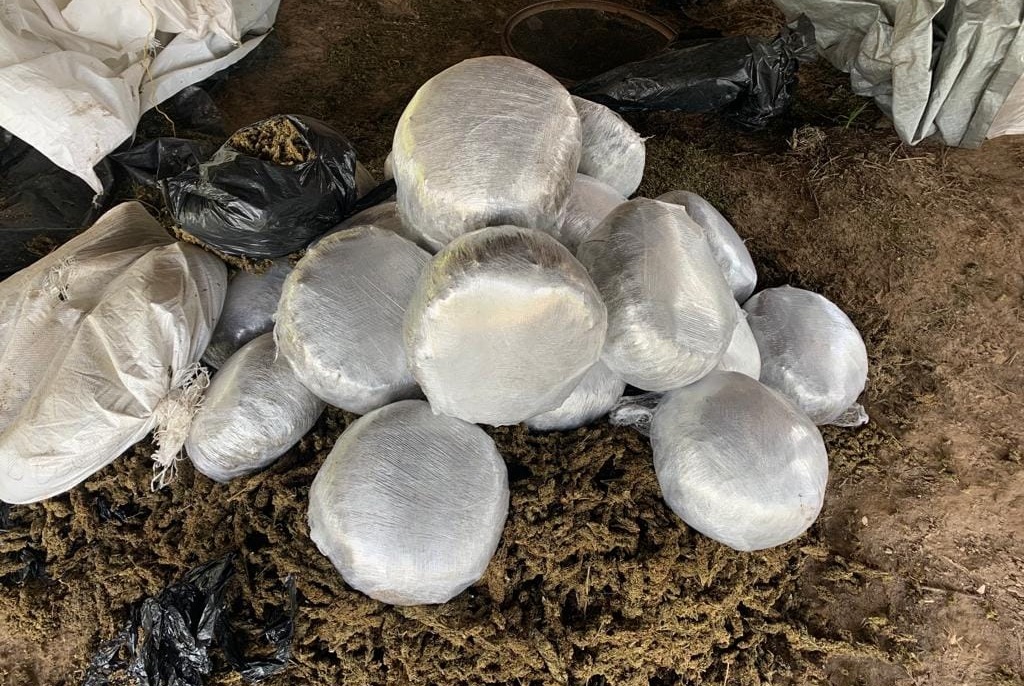
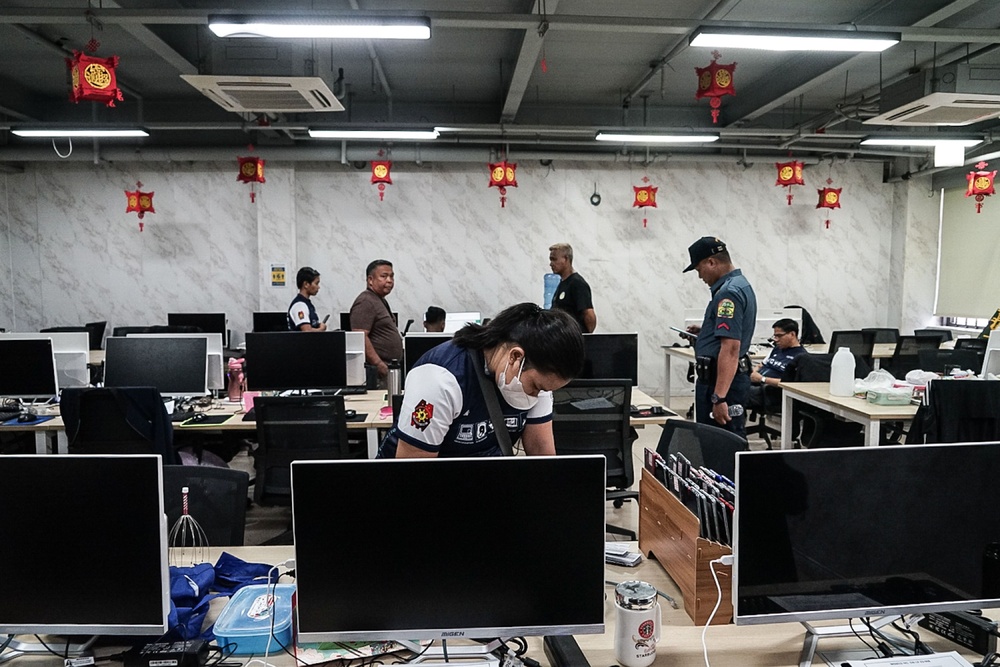
Trackbacks and Pingbacks